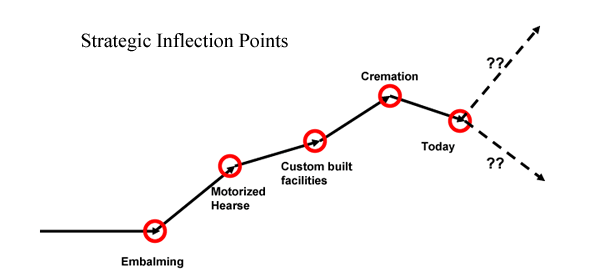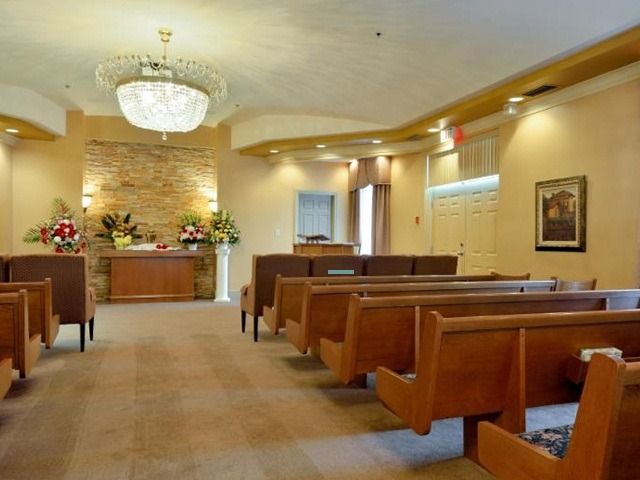REINVENTION: THE ARRANGEMENTS CONFERENCE–ENTERING THE “HOLY OF HOLIES”
In Old Testament Days the Hebrew Temple contained the “Holy of Holies” behind the “Veil of The Temple”. The Ark of The Covenant which, in turn, held the stone tablets on which were written the  Ten Commandments and Moses’ rod was inside this area. So sacred was it that only one priest was allowed to enter it and then only once a year. After an elaborate month-long cleansing ritual the high priest entered to offer sacrifice atoning for the people’s sins.
Ten Commandments and Moses’ rod was inside this area. So sacred was it that only one priest was allowed to enter it and then only once a year. After an elaborate month-long cleansing ritual the high priest entered to offer sacrifice atoning for the people’s sins.
It was customary to tie a bell around his neck and a rope around his ankle in the event he was not fully clean or his sacrifice was not acceptable and god chose to smite him dead. If the bell stopped ringing the other priests knew he was dead and could pull him out by the rope.
ENTER WITH FEAR AND TREMBLING
And so it is with appropriate fear and trembling that I enter that Holy of Holies of Funeral Service: The Arrangements Conference.
I think I have always been aware that the arrangements room is sacred. In 33 years I have been invited more than a few times to converse with clients in the prep room while they worked (and even helped out once or twice). In that same time I have only been invited to observe 1 arrangement conference and that was BY THE STAFF at Flanner & Buchanan. But I had assumed that once one had 5 years experience as a funeral director that a level of competence had been attained.
NOT SO!
I am now aware that the overwhelming majority (I am guessing well in excess of 90%) of funeral directors have never been formally trained, observed, critiqued or otherwise supervised in this most important of all functions. At first, I couldn’t believe what I was discovering. But I have spent the better part of a year now confirming this DARK SECRET. At first I did feel foolish for falling prey to the bluff and bluster of some of our more vocal defenders but then I began to feel sad and, finally, I began to understand.
THIS FAILURE EXPLAINS A LOT:
- It explains why we are so feeble when it comes to defending ourselves against our attackers
- It explains why we are so defenseless when it comes to standing up for what we believe
- It explains why we don’t know what we believe
- It explains why we spend so much more time fighting among ourselves than fighting for ourselves
- It explains the “hyper-provincialism” among trade groups
- It explains the bizarre co-dependency relationship between funeral-directors and their casket vendors
- It explains so much
FINALLY, IT EXPLAINS THE COGNITIVE DISSONANCE I HAVE FELT SO MANY YEARS BETWEEN WHAT I BELIEVE TO BE SOCIETY’S NEED AND THE PROFESSION’S MISINTERPRETATION OF THAT NEED (i.e. selling boxes)
BUT NOW WE CAN FIX THIS
The lack of a cohesive narrative has hurt us in ways that we can only imagine. But let us not resort to our typical coping mechanisms: Denial, Blaming, Labeling and Avoiding. Because there is a way to fix this quickly.
It is said that funeral director’s make terrible sales people. If a requirement of selling is accountability then this is absolutely true! But another part of selling is teaching and in a serendipitous occurrence the right solution is appearing at the same time as the right trend. Funeral Directors (when they believe in something) actually make pretty good teachers. Boomers master products and services through acquiring learning…but not in the standard tell / memorize way. Boomer learning is a process of self discovery…not “you-tell-me / I-believe-everything-you-say”
It turns out a couple of humble funeral directors have been tinkering with this for more than 10 years and have finally honed the method enough to begin training other funeral directors how to do it. But before I tell you who they are two warnings are in order. This method will require:
- Courage
- Discipline
- Significantly improved family rapport
- Significantly increased repeat business
- Significantly increased market share
- Significantly more robust quality of service
- Significantly increased Revenue / Profit; and best of all
- Significantly increased Job Satisfaction
Introducing The Arrangers Academy
![]() Karl Jennings and Todd Borek have developed a method and hope to create a movement to reinvent the arrangement conference. The promises I cite above are the ones they have experienced in their own firm. I have seen it with my own eyes and I believe in it.
Karl Jennings and Todd Borek have developed a method and hope to create a movement to reinvent the arrangement conference. The promises I cite above are the ones they have experienced in their own firm. I have seen it with my own eyes and I believe in it.
They have created the first cohesive narrative for the profession. Their method is not a sales script (although it is initially a script). It is a process and a method by which they challenge the customer to think in a different way. The client then “Self-Discovers” their own need and how the services of the funeral home can help them meet that need. It is a perfect fit for the “Boomer” learning style.
NEXT STEPS
The Arranger’s Academy is the third leg of our reinvention stool. I will be introducing the THREE LEGS OF REINVENTION in the first quarter of 2013.
If you would like to know more about Profit Clinics, Culture Change or The Arranger’s Academy email me at alan@alancreedy.org
















